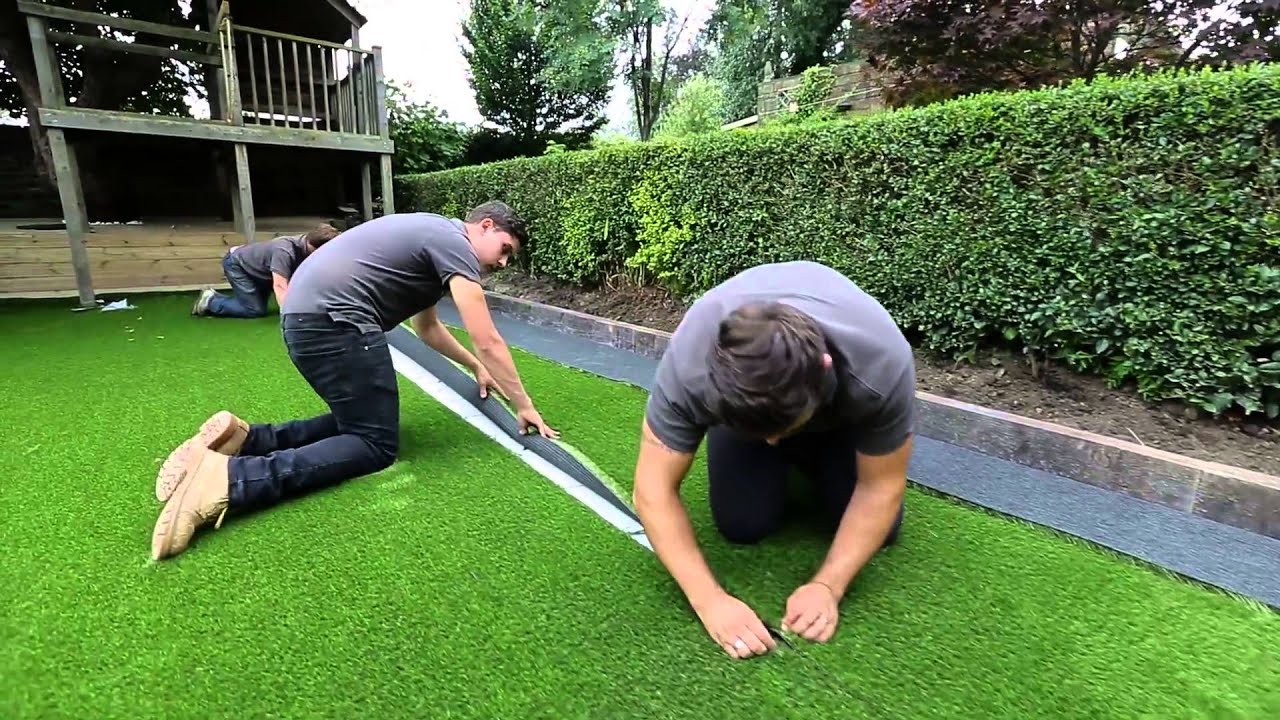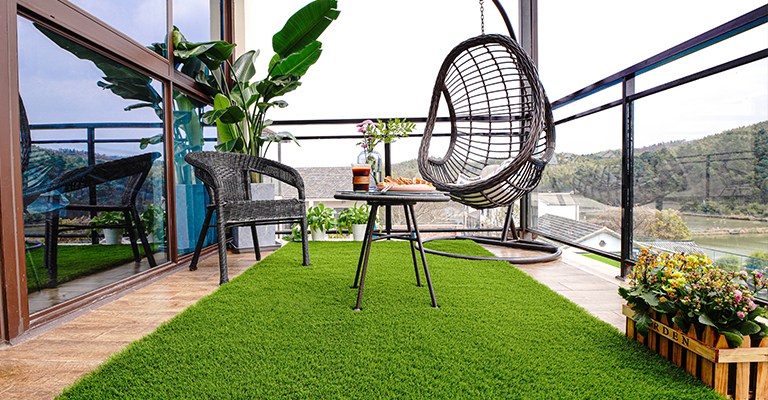Cost-Effective Turf Installation Phoenix AZ for a Hassle-Free Lawn Solution
Explore the Environmental Advantages of Opting for Artificial Grass Solutions
The fostering of artificial lawn options provides a compelling chance to attend to pressing ecological difficulties. By significantly reducing water use and lessening the application of unsafe chemicals, these alternatives not only advertise lasting landscaping however also protect neighborhood ecological communities. The reduced carbon impact associated with reduced upkeep tasks adds to a more lasting approach to land administration. The ramifications of these advantages extend beyond plain preservation efforts, elevating questions regarding their lasting effect on environment conservation and overall environmental balance. Checking out these measurements discloses a complex interplay worth taking into consideration.
Water Preservation Perks
Among one of the most considerable benefits of synthetic grass is its capacity to conserve water. Standard yard yards call for significant watering, specifically in areas prone to drought or water restrictions. In contrast, synthetic grass does not need watering, significantly lowering the total need for water sources. This attribute is particularly beneficial in deserts where water deficiency is a pressing issue.
By eliminating the demand for routine watering, artificial turf adds to lasting landscape techniques and helps alleviate the environmental effect of too much water usage. Additionally, the conservation of water encompasses the reduction of drainage, which can result in soil erosion and waterway air pollution.
In addition, the installation of synthetic grass permits municipalities and homeowners to designate water resources extra efficiently, focusing on essential usages such as alcohol consumption water and agriculture. The shift towards synthetic grass not only promotes liable water usage but also lines up with more comprehensive environmental goals focused on maintaining all-natural sources.
As communities progressively focus on sustainability, the water preservation advantages of synthetic grass provide an engaging case for its adoption in industrial and household landscaping projects.
Decreased Chemical Usage
The transition to artificial turf substantially reduces the dependence on chemical treatments frequently utilized in natural turf maintenance. Standard lawn administration typically entails the application of herbicides, plant foods, and pesticides to advertise development and control insects. These chemicals can position risks to human wellness, regional wild animals, and the atmosphere, adding to soil and water contamination.
In contrast, synthetic lawn eliminates the demand for these hazardous materials. By reducing the launch of synthetic compounds right into the ecosystem, man-made lawn advertises much healthier soil and water systems.
Additionally, the absence of chemical overflow related to synthetic grass installations assists protect neighborhood rivers from pollution, supporting marine life and keeping biodiversity. Turf installation phoenix az. As areas increasingly prioritize sustainable methods, opting for synthetic lawn offers a sensible option that straightens with ecological conservation goals. Via this change, property owners can delight in lavish eco-friendly areas without endangering eco-friendly wellness, leading the way for a more sustainable future
Lower Carbon Impact

Furthermore, the setup of synthetic grass can cause significant water preservation. Natural yards need significant quantities of water for watering, which not only includes in the carbon footprint related to water removal and therapy but likewise stress regional water resources. On the other hand, synthetic grass needs very little maintenance, needing no watering, thereby considerably lowering water usage and its associated power expenses.
Additionally, the durability of artificial turf contributes to its reduced carbon impact. With a life expectancy of approximately 15 years or even more, the requirement for regular replacements is decreased, causing much less waste and lower energy consumption in production and throwing away typical yard choices. Generally, man-made grass provides a sustainable alternative for eco see page mindful landscape design.
Habitat Preservation
Environment conservation is an important consideration in the dispute over landscaping selections, specifically when comparing synthetic turf to natural yard. Natural grass lawns typically require extensive upkeep, including making use of pesticides, plant foods, and herbicides, which can detrimentally affect local ecosystems. These chemicals can seep right into the soil and rivers, harming indigenous flora and animals and interrupting neighborhood habitats.
Synthetic turf gets rid click to find out more of the requirement for harmful chemicals, thereby securing close-by wild animals and keeping the stability of bordering ecosystems. The installation of synthetic turf can lead to the conversion of former yard areas right into even more biodiverse landscapes, such as pollinator yards or indigenous plant locations, which can support local wildlife.
Inevitably, the change to man-made grass not just saves water and minimizes maintenance efforts yet additionally promotes a much more harmonious relationship in between human tasks and the natural environment, promoting environment conservation while doing so.
Long-Term Sustainability
Lasting sustainability is a vital consider examining the benefits of synthetic lawn over typical lawn yards. One of the most substantial advantages of synthetic grass is its toughness; it can last as much as 15-20 years with minimal upkeep, whereas all-natural lawn requires constant reseeding and replacement. This long life lowers the demand for continuous sources, such as water, fertilizers, and chemicals, which are important for keeping a healthy turf lawn.
In addition, synthetic turf adds to a reduction in carbon exhausts associated with grass treatment equipment. Standard lawns usually call for gas-powered mowers, leaners, and blowers, all of which add to air contamination. Artificial turf companies phoenix. In contrast, synthetic grass removes the need for such devices, advertising a cleaner atmosphere
Moreover, the production of synthetic grass significantly uses recycled products, enhancing its sustainability profile. As suppliers adopt eco-friendly practices, the ecological footprint of artificial grass remains to diminish.

Final Thought
The fostering of fabricated lawn solutions offers substantial environmental benefits, including substantial water conservation, minimized dependence on damaging chemicals, and a reduced carbon impact. Artificial turf help in protecting natural habitats by minimizing land disruption and advertising long-lasting sustainability via the use of resilient materials. Jointly, these variables highlight the capacity of artificial turf to contribute favorably to environmental health and wellness and use a feasible choice to traditional landscaping link techniques in an increasingly resource-conscious globe.
In contrast, synthetic lawn does not need watering, substantially reducing the general need for water sources. By minimizing the launch of artificial substances into the ecosystem, synthetic grass advertises much healthier soil and water systems.
In addition, the installation of artificial turf can result in significant water preservation. In comparison, man-made lawn requires minimal maintenance, calling for no watering, consequently considerably lowering water use and its connected power prices.
